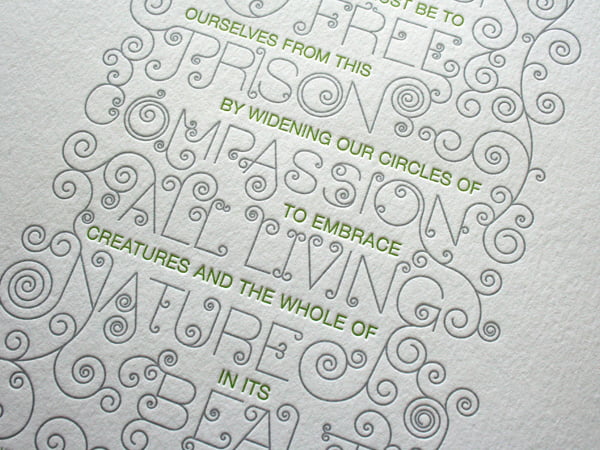
01 Feb Being compassion versus doing compassion
Buddhists claim that the illusion of separateness is the root of all suffering. For them, compassion is the ultimate remedy to end this suffering. Upon reflection, one may conclude that compassion, therefore, dissolves the illusion of a separate self. True compassion unmasks this delusion and gently puts an end to the confusion that any thought, emotion, feeling, or physical sensation belongs to you, has ever belonged to you, or ever will. It is simply life unfolding!
This realisation is both profoundly liberating and deeply unsettling. The energy of the individual self, the ‘I’ within, is to seek—constantly on a quest for something other than what is happening in the present. Its primary concern is to sustain its narrative, its drama, at all costs. This compulsion removes one from the present moment, perpetually directing attention to the past or the future with the promise that therein lies the explanation or solution to what feels amiss in the now.
When the seeker is confronted with suffering, they experience it as intensely personal, seeking to avoid or resolve it immediately. In their desperation, they may appropriate compassion, turning it into a method, technique, or formula—something to do in order to control the suffering. To ‘do’ or ‘give’ compassion with a personal agenda is to seek an outcome. However, compassion is not a mental mantra; it cannot be fabricated. If someone stands before you consumed with anger, and you cannot genuinely hold space for that energy, it is entirely futile to attempt to perform compassion as an act or to send love. This is because, in that moment, you yourself are not embodying compassion or love.
The essence of compassion lies in availability—the capacity of your compassionate heart to fully experience whatever arises in your awareness and, simultaneously, to allow it to exist unreservedly, to simply be. At this juncture, the contraction within yourself meets the boundlessness of life. The result is an energetic shift in which tension is released, and harmony and balance are effortlessly restored.
Your compassionate heart is the locus where this transformation occurs repeatedly. Each time you consciously experience and embrace an aspect of life, you teach your system a completely new and liberating way of engaging with daily reality. When the embrace is complete, you can encounter an infinite array of frequencies, energies, or information without being triggered. The goal of this embrace is not to stop, change, or hold on to any experience—such efforts would miss the essence of compassion entirely. What remains after each embrace is this: life itself—raw, immediate, and unfiltered, inclusive of everything. That is freedom!



No Comments